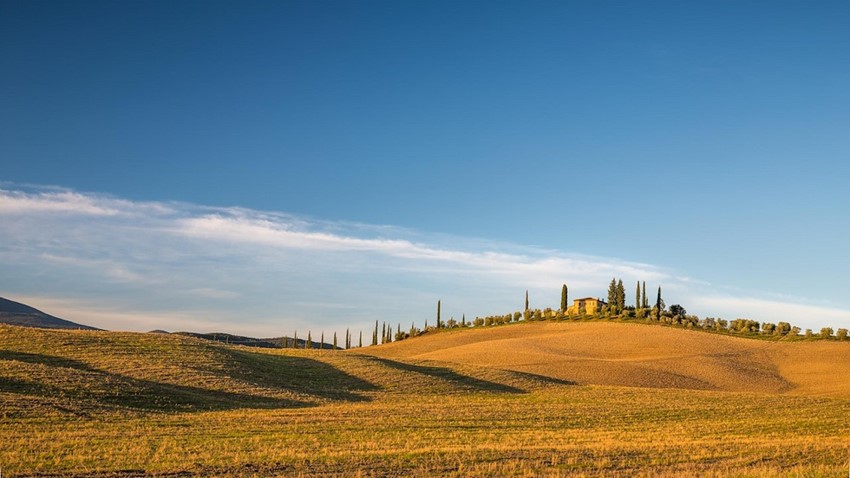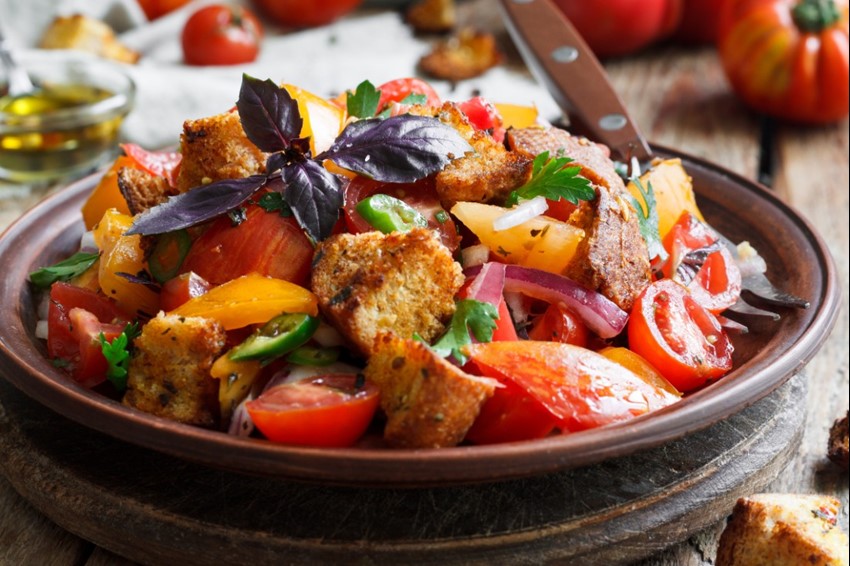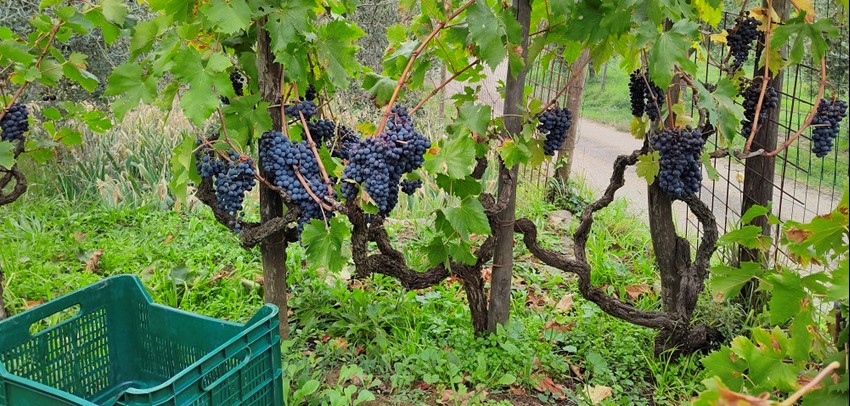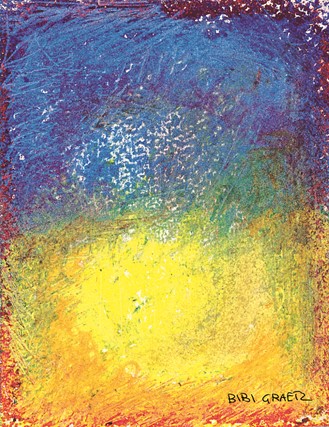Located in central Italy, Tuscany is the heartland of the Sangiovese grape. And with its rolling hills and mouthwatering food, it is an extremely popular area for tourists to visit, especially to indulge in all the gourmet offerings.
Beauty as far as the eye can see
Tuscany, or Toscana, has beautiful landscapes as far as the eye can see, a rich cultural history, a vibrant food and wine scene, and no less than eight UNESCO heritage sites. Hilltop towns offer views of country lanes lined with tall cypress trees, and the emphasis is on good food and good wine.

The typical Tuscan scene
Tuscany stretches down the western coast, and consists of thee regions: Chianti in the north, hills and valleys in the south, and the flat coastal plain. Offering plenty of vineyards, olive groves, and bicycle paths to explore, it is impossible to choose just one favourite area.
A food lover’s dream
Tuscan cuisine is based on the principal of cucina pavora, or “poor cooking” – dishes that can be made easily to feed a large group of people. Today, this style of food is still prevalent – but out of choice rather than necessity. Think simple food with the best fresh and simple ingredients, such as a crunchy panzanella salad, a perfectly seasoned T-bone steak from a local breed, the Chianina cattle, or sweet biscotti to dip in your strong espresso.

Panzanella salad
And of course, the best wines to pair with these foods are the local ones. For a panzanella, you cannot go wrong with an aromatic Vermentino, a classic for light, warm weather dishes. And when it comes to pairing wine with steak, the options are endless for a full-bodied, high tannin red. But as a personal favourite, we’d recommend the Bibi Graetz Soffocone Di Vincigliata IGT Toscana Rosso. In this wine, Sangiovese takes centre stage to produce an elegant and rich wine with a long finish.
Constant reinvention
It’s no secret that the Italian wine laws are extremely complex; but it may also be necessary, as Italy is home to so many grape varieties, some of which are rarely seen outside of the country. The plethora of indigenous grape varieties make Italy one of the most interesting wine producing countries, with a wide range of styles and something for every drinker.
While planning this iteration of our Discover series, I came across this slogan for Tuscany: Never-ending renaissance. And while renaissance is defined as a period of European cultural, artistic, political, and economic “rebirth” following the Middle Ages, the process of renewal, or reinvention, is still ongoing in Tuscany, especially when it comes to the wine industry… and it offers so much more than Chianti.

Old vines in Tuscany
The central core of Tuscany produces fine red wine, based almost entirely on the Sangiovese grape. But towards the Tuscan coast, it’s a different story entirely. This is where the Super Tuscans come into play — usually made by blending a little Sangiovese with non-native grapes such as Cabernet Sauvignon and Syrah.
Bibi Graetz: Beyond Super Tuscans
 Before becoming a winemaker, Bibi Graetz achieved fame as an artist. Growing up in a family of artists – in a medieval castle overlooking Florence, no less – and a graduate from Florence’s Academia dell’Arte, it probably shouldn’t have come as a surprise that he decided to throw caution to the wind and follow his own path as winemaker. His artistic skills are still put to good use, though, with the wine labels created from his own paintings.
Before becoming a winemaker, Bibi Graetz achieved fame as an artist. Growing up in a family of artists – in a medieval castle overlooking Florence, no less – and a graduate from Florence’s Academia dell’Arte, it probably shouldn’t have come as a surprise that he decided to throw caution to the wind and follow his own path as winemaker. His artistic skills are still put to good use, though, with the wine labels created from his own paintings.
His life as a winemaker started 22 years ago, when he suddenly took on the family estate around Vincigliata Castle, where only a few rows of old vines were growing. In 20 years, his love for old vines on high altitude and native grapes has led him all over Tuscany to find the vineyards of his dreams. Now he has the biggest collection of old vines in Tuscany – no small feat! And to this day, his wines are crafted in the same medieval castle he grew up in.
When asked about the renaissance of Italian fine wine, Bibi Graetz answered, “I think that the entire wine world has been going through this new phase, opening its doors to more and more wine lovers from all over the world. These people are enthusiast, curious and willing to try something new, and Italy can offer a kaleidoscope of different fine wines.
“We are the richest country in terms of indigenous varieties and our regions have some of the most incredible terroirs. In the past 40 years, the awareness of having this enormous potential led Tuscany and Piedmont to invest in wine. Quality and terroir expression became the main drive, and not quantity anymore. They brought the Italian wines to another level, getting to know our fine wines worldwide.”
Bibi Graetz is regarded as one of Italy's leading cult winemakers, making wines that neither subscribe to using the international varieties of the Super Tuscans, nor the Chianti DOCG. However, he still sees his wines as closer in style to Super Tuscans, saying, “Coming from a multicultural and artistic family, I’ve always been driven by the visual approach. I like to consider wine as an expression of my artistic side. All of my vineyards are divided in parcels and every parcel is kept separate throughout the winemaking process, from the harvest to the aging. Only at the end do I decide the final blend, using each parcel, each barrel as the colours on a palette, and the wine as a canvas. This is my art, my artistic way of making wine.”




